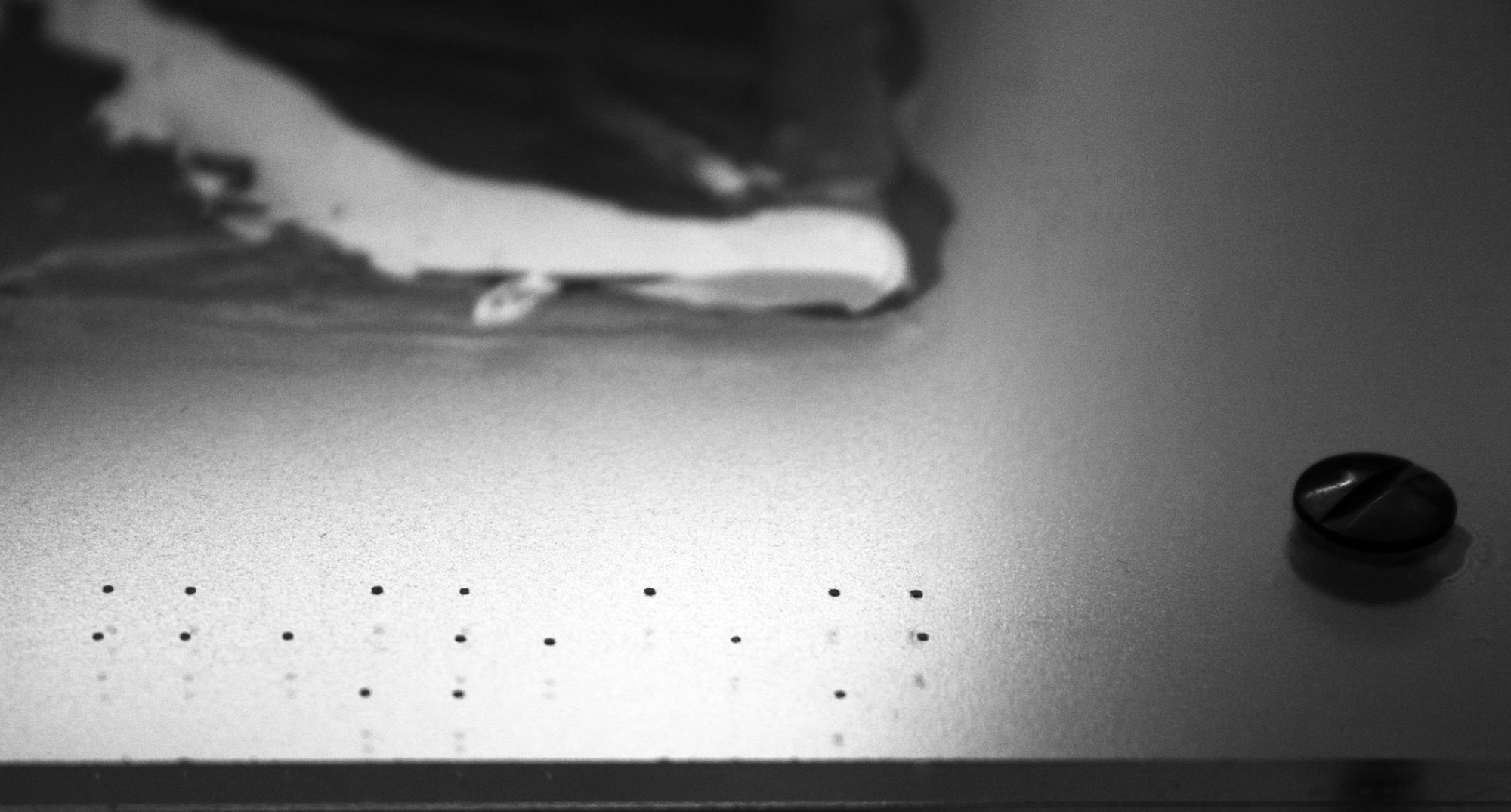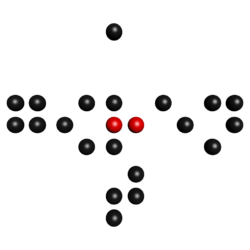Writings/Schriften
Sample minds
To the english version of the essay
Sample minds
In der Kunst zu samplen ist postmodern zu verstehen. Diese Art der Kunstproduktion, die als eklektizistisch verkannt wird, ist der originäre Ausdruck der Postmoderne, die sich zugleich auf die Moderne und den Modernismus bezieht, um sie zu erweitern. Sampling ist ein Shortcut der Form und des Inhaltes, weil nichts neu erfunden wird, was schon erfunden wurde. Sie ist tonangebend in ihrem Aufbau: durch die Samples wird „zitiert“, d.h. man zeigt (transparenterweise) die eigenen Einflüsse und die Ursprünge der daraus entspringenden eigenen Gedanken an, ohne das Rad neu erfinden zu müssen. Dadurch entsteht ein genug großer Raum für „Eigentliches“, d.h. für die eigenen Gedanken bzw. für den eigenen Ausdruck (sowohl in Form als auch in Inhalt). So gesehen ist das Samplen eine Art der Appropriation. Je nach der Art des Samplens verzweigt sich auch die Art und Weise des Umgangs mit ihr: a) die einmalige Nutzung des Samplens ist als eine Art Startpunkt für den nachfolgenden eigenen Ausdruck zu sehen, wird es aber b) geloopt, d.h. in Endlosschleife wiederholt, ist es eher ein Rhythmus, der sich dem eigenen Ausdruck hinzugesellt und diesen unterstützend begleitet.
Einerseits kann das geloopte Sample durch die Wiederholung „sinnentleert“ werden, da sie an Bedeutung einbüßt, dadurch wird aber eher der Rhythmus des zitierten Loops als strukturierendes Moment in den Vordergrund gerückt. Andererseits kann der Rhythmus, der durch das geloopte Sample entsteht, durch den eigenen darübergelegten Ausdruck mit einer (im besten Falle) neuen, zusätzlichen Bedeutung erweitert werden. So verstanden, ist ein Sample die Nietzsche´sche „ewige Wiederkehr des Immergleichen“, ohne in einem Teufelskreis zu enden: der eigene zusätzliche Ausdruck bricht das Bild des mit Nietzsche verknüpften Ouroboros zugunsten der Schlange des Äskulapstabes, durch welchen ein spiralförmiger Aufstieg bzw. eine Weiterentwicklung möglich ist. Dieses neue Bild ist Weiterführung durch Heilung, sie ist Therapie des Ausdrucks. Hierdurch wird das Sample die Möglichkeit für eine spiralförmige Erhöhung und Erweiterung des anscheinend Immergleichen durch den eigenen Ausdruck. Die frühere Bedeutung wird in neue Sphären getrieben oder zumindest in die Gegenwart geführt und dadurch aktualisiert. Dadurch steht der so erzeugte Ausdruck einer erneuerten und aktualisierten Kritik im Sinne einer Würdigung erneut zur Verfügung.
Samples und Loops und die dadurch entstandenen neuen Kunstwerke werden – weil durch die Samples und Loops stark verkürzend – am Ende wiederum „zu [weggeworfenen wittgensteinischen] Leitern, mit der wir weiter hinaufgestiegen waren. Und wenn wir Glück haben, folgen uns Andere mit der eigenen Leiter nach, um diesen selben Weg zu nehmen, der immer schon weniger begangen war, und darüber hinaus ihren eigenen Weg zu finden. Und dadurch ihr eigenes Leben und potentiellerweise auch das Leben der ihr folgenden Person zu ändern, indem sie zeigen, was es heißt, den weiteren Verlauf ihres Lebens selbst bestimmen zu können.
Frankfurt am Main, 18.05.2020
Zur deutschen Version des Essays
Sample minds
To sample in art is to be understood as postmodern. This kind of production of art, which can be misjudged as eclectic, is the original expression of the postmodern and which refers to the modern and modernism in order to expand it. Sampling is a shortcut of form and content, for nothing is reinvented because it already got invented before. It is leading in its structure: samples are “quotations”, that means they show their influences and the origins of the thoughts that arise from them without having to reinvent the wheel. This creates a sufficiently large space for "Eigentliches", that means for your own thoughts or for your own expression (both in form and content). Seen in this way, sampling is a form of appropriation. Depending on the type of sampling, the way of dealing with it also branches into a) the one-time use of the sampling as a kind of starting point for the then following own expression, but if b) looped, that means repeated in an endless loop, it is more a rhythm that joins in with your own expression and accompanies it in a supportive manner.
On the one hand, the looped sample can be "deprived of meaning (Sinn)" by repetition, since it loses its meaning (Bedeutung), but this rather emphasizes the rhythm of the quoted loop as a structuring momentum. On the other hand, the rhythm that is created by the looped sample can be expanded with a(n) (at best) new, additional meaning through your own expression. So understood, a sample is Nietzsche's “eternal return of the same”, without ending in a vicious circle: your own additional expression breaks the image of the Ouroboros linked to Nietzsche in favor of the snake of the Aesculapian staff, through which a spiral ascent or a further development is possible. This new picture is a continuation of a healing, it is a therapy of the expression. This gives the sample the opportunity for a spiral increase and expansion of what appears to be always the same through its own expression. The former meaning is driven into new spheres or at least brought into the present and can be thereby updated. And by that, the newly created expression is again available for a renewed and updated criticism in the sense of an appreciation.
Samples and loops and the new works of art created – because of the samples and loops shortening the way of association – turn into “[wittgensteinian] ladders [that are thrown away]” with which we had climbed further. And if we are lucky, others will follow us with their own ladders to take the same path that has always been less traveled, and go even further to find their own way. And thereby change their own lives and also potentially the lives of those who will follow them by showing what it means to be able to determine the further course of your life yourself.
Frankfurt/Main, May 18th 2020
Back to the beginning of the essay

